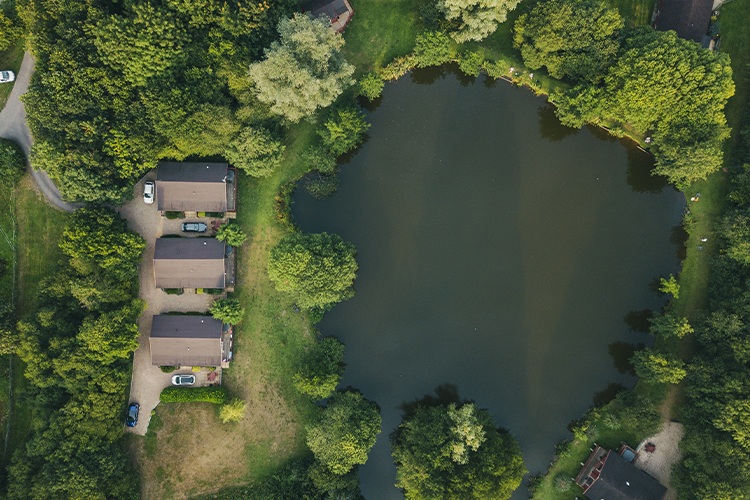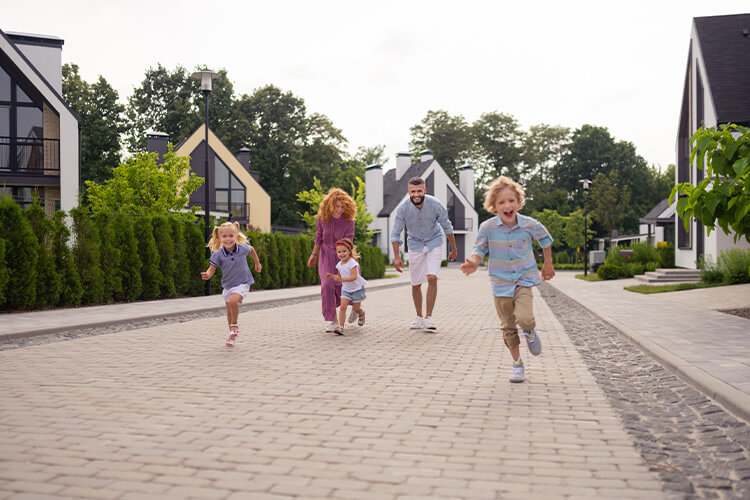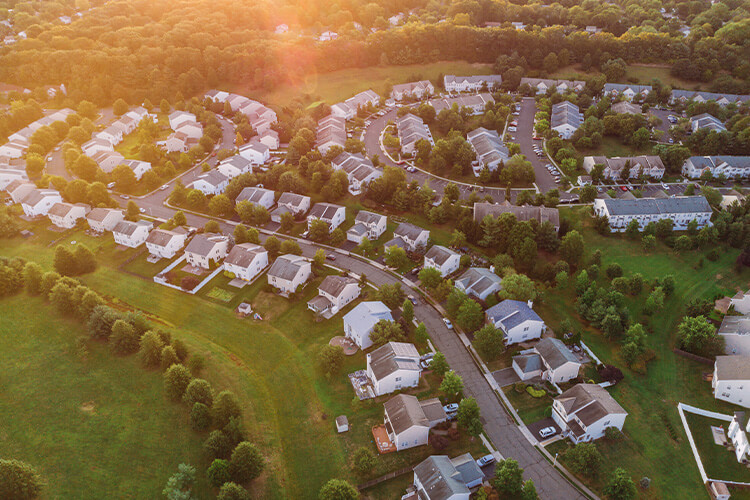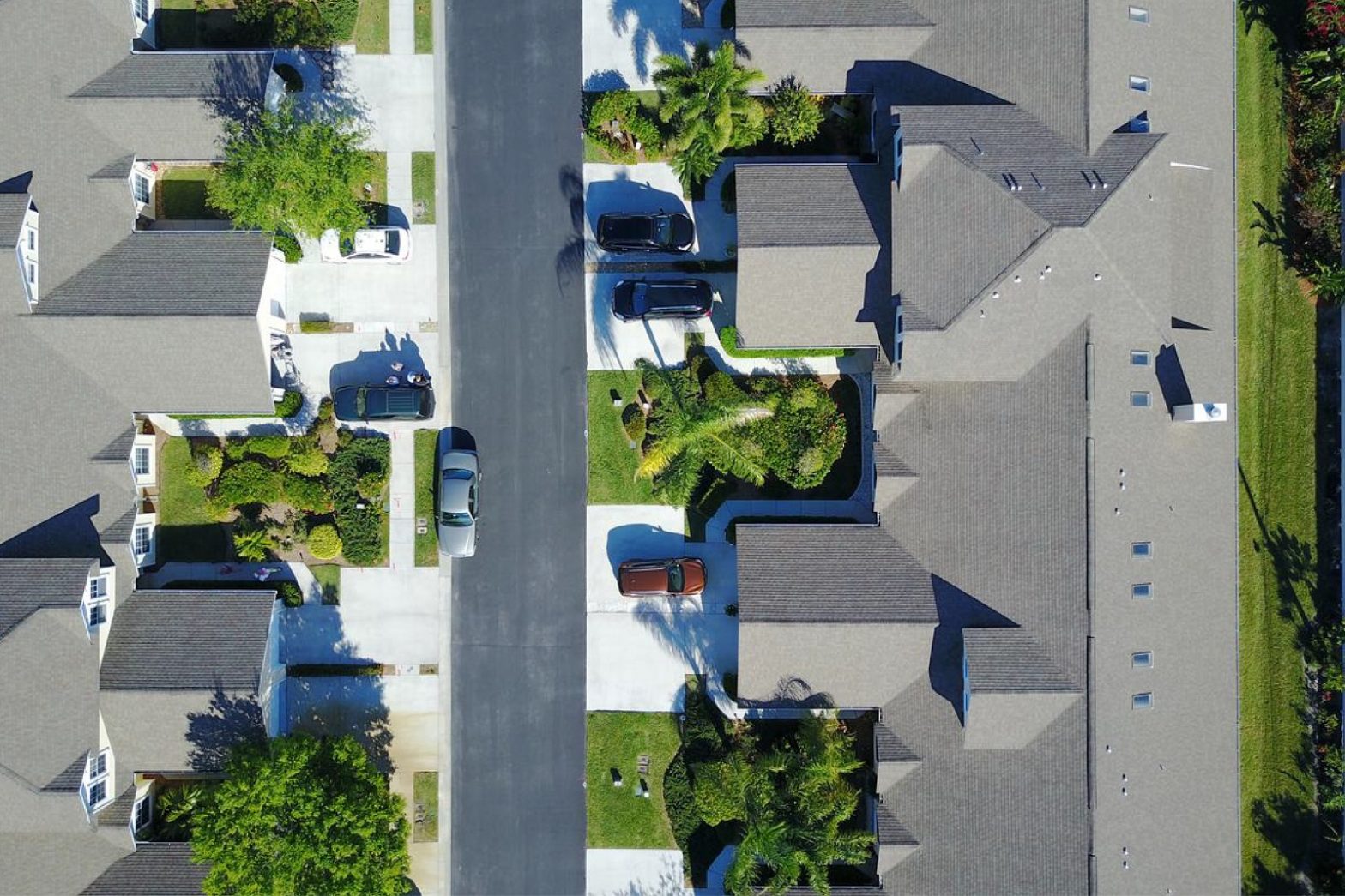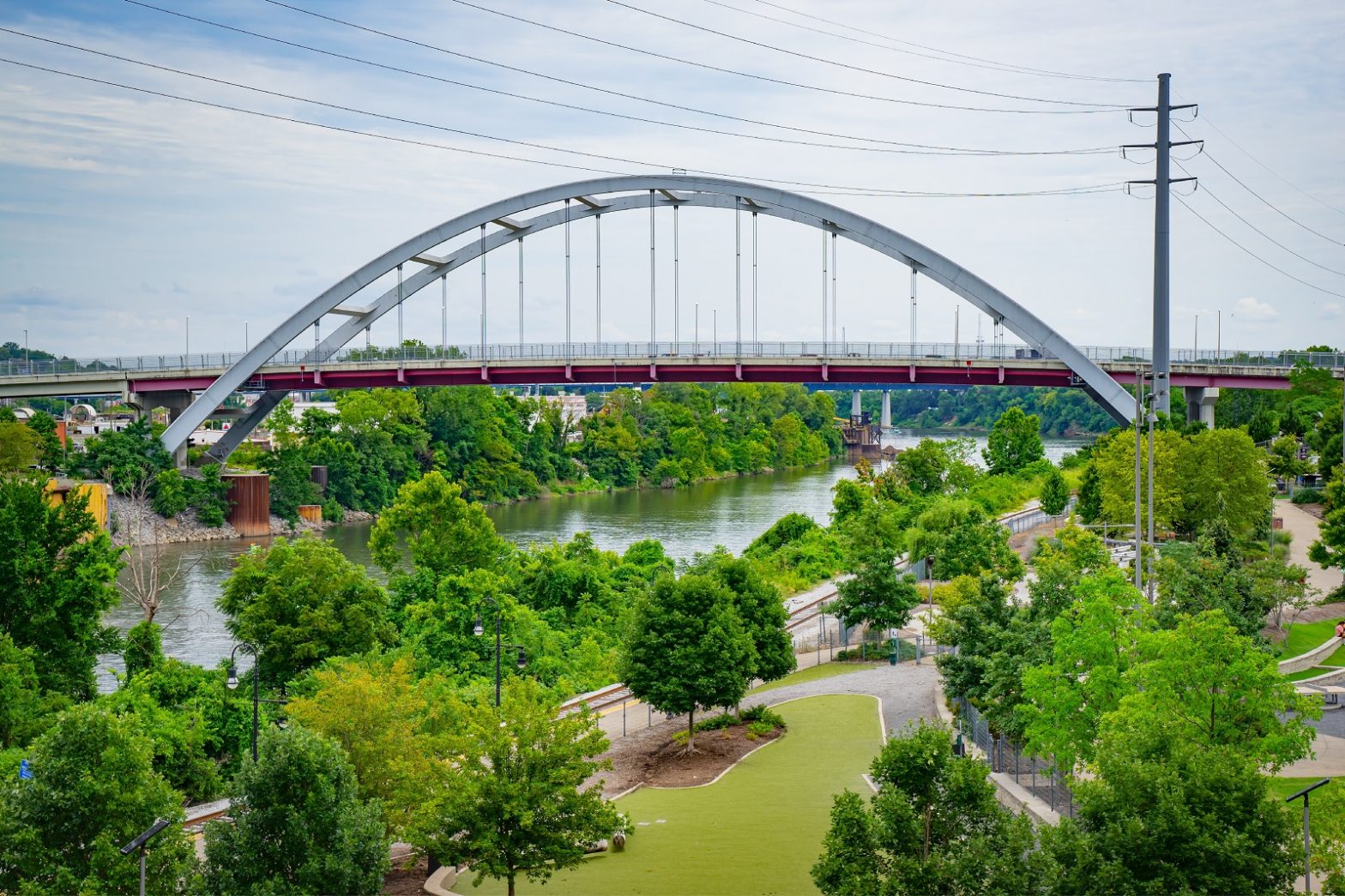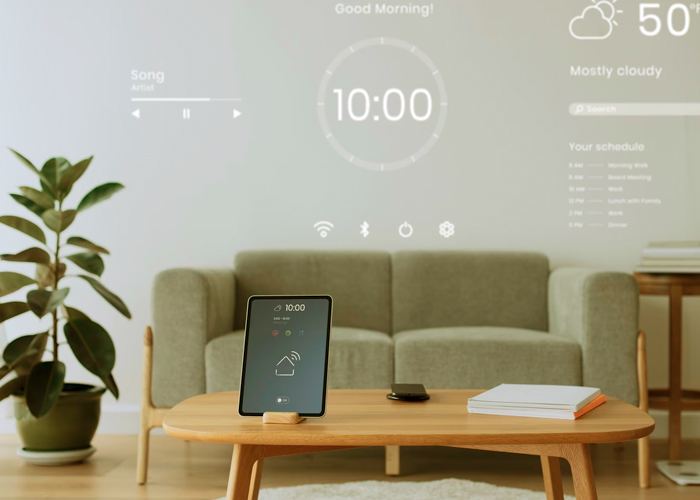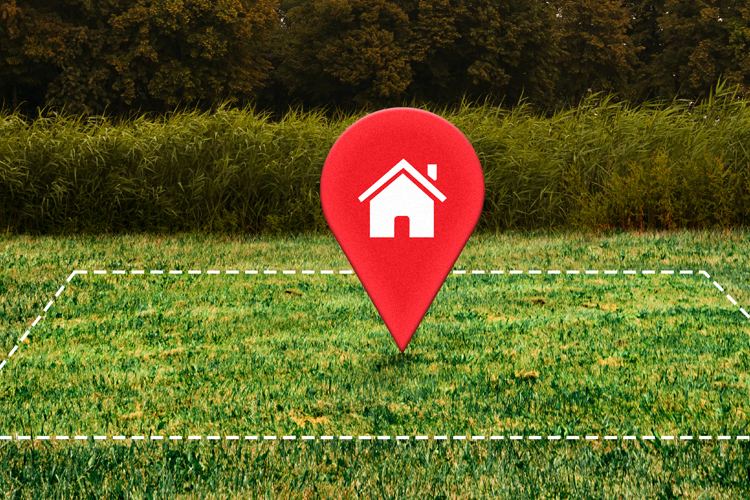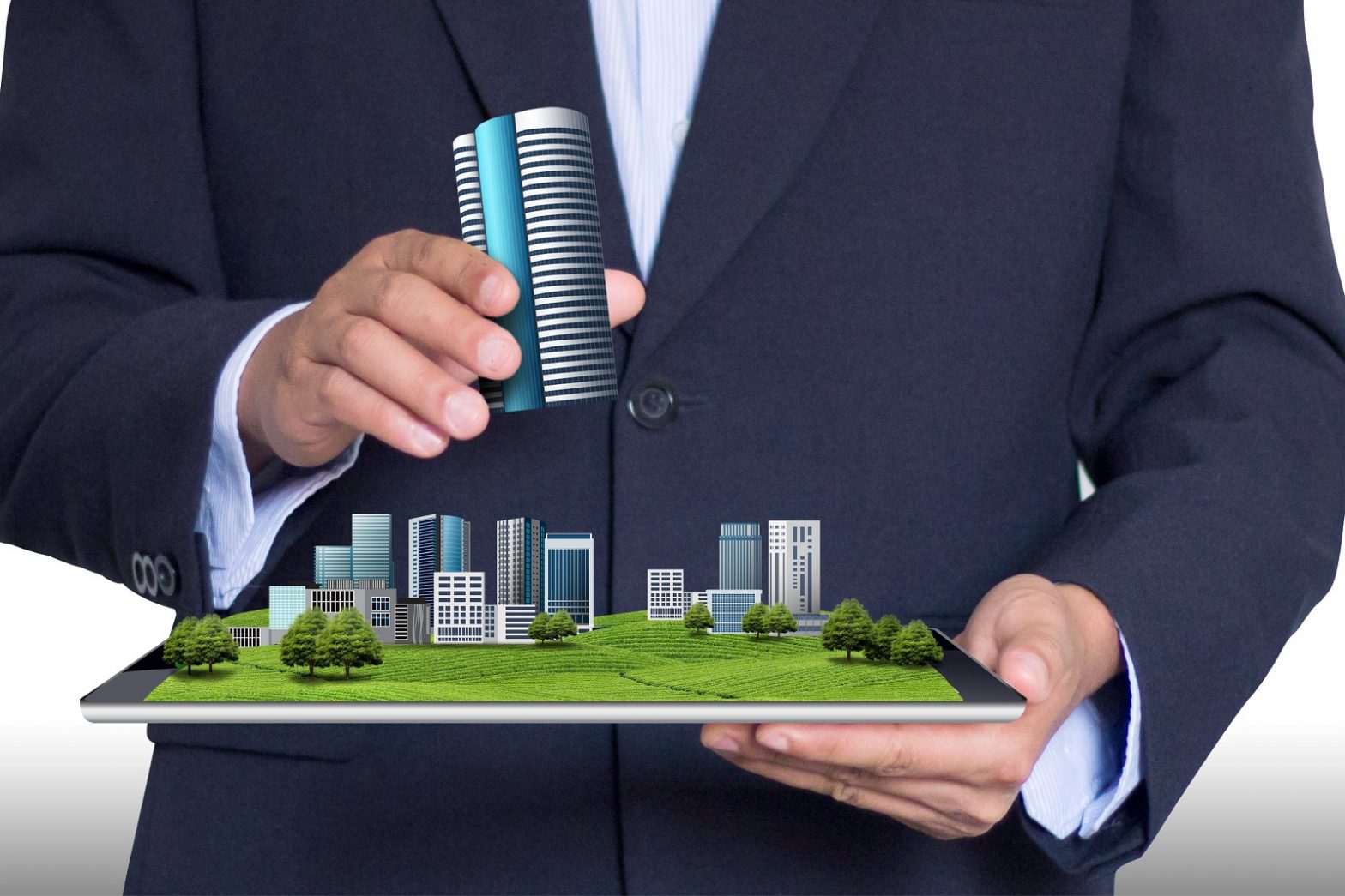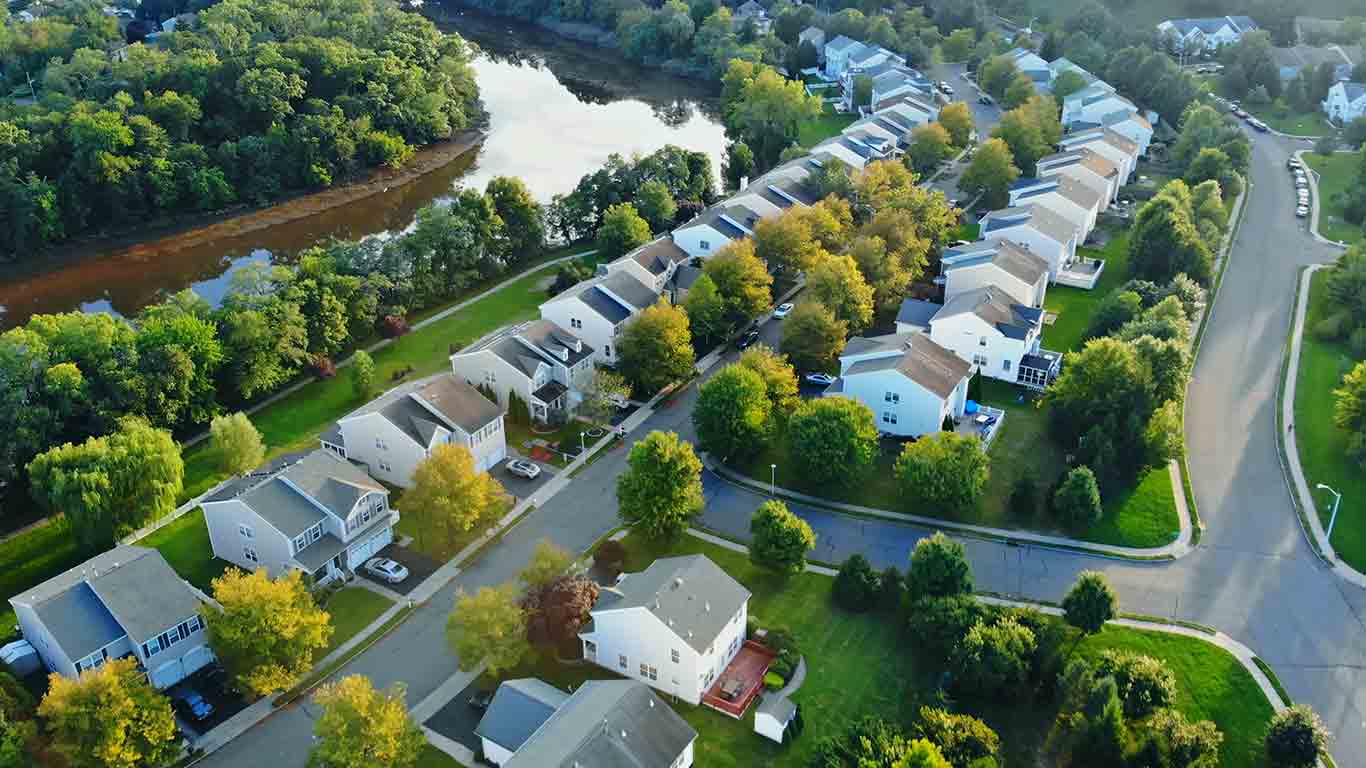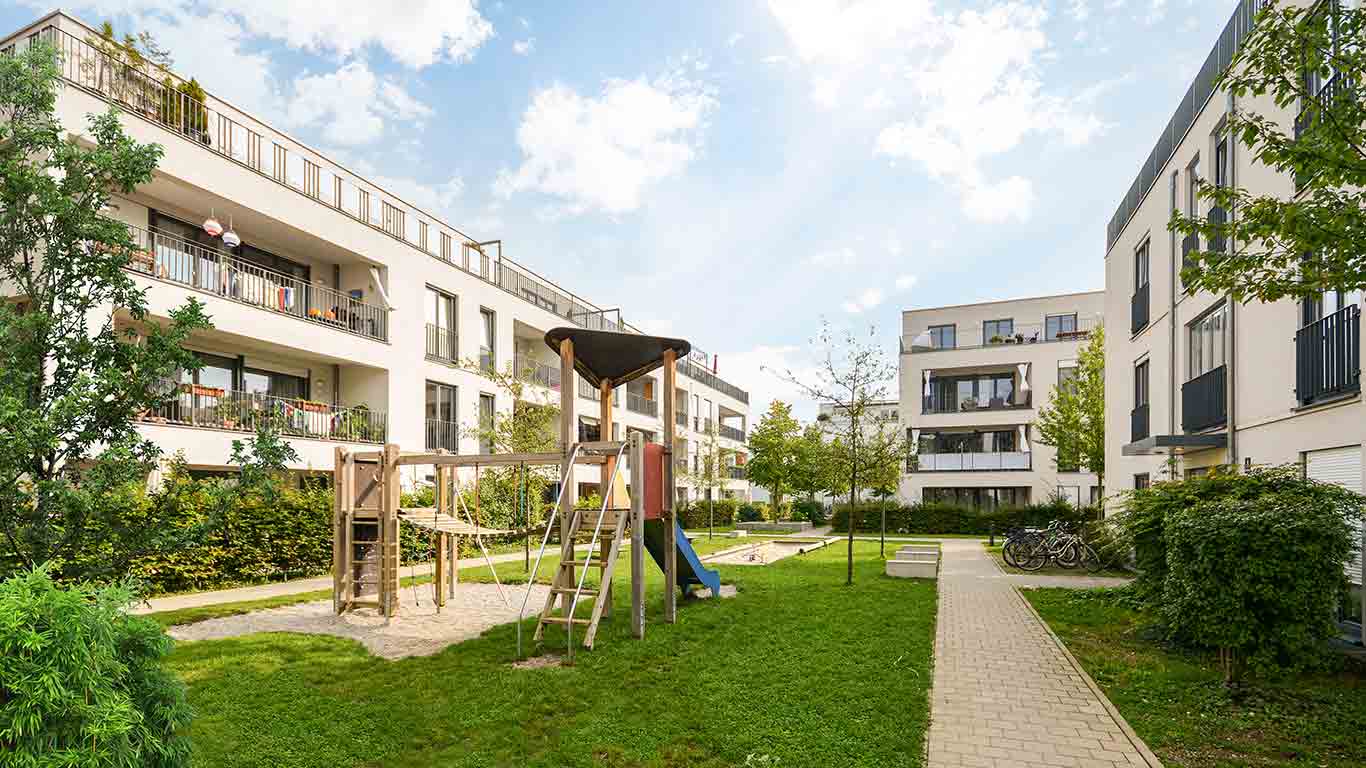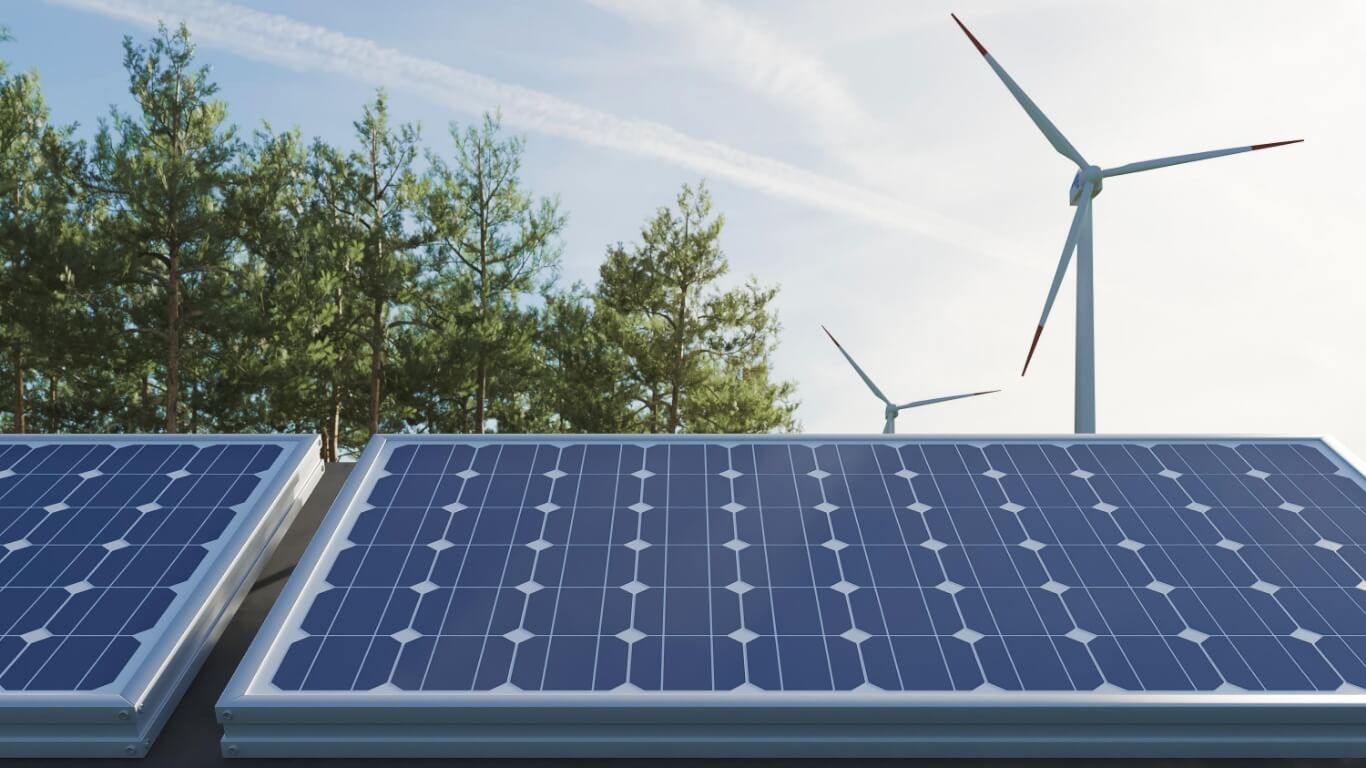The US population is putting their health first. Is our cities’ housing coping up?
By homz | August 11, 2022
The people in the US are becoming more and more health-conscious. And it is not just about remaining fit or eating healthily. People are peculiar about what type of products and services they want, right from apparel, cosmetics, and even the housing quality. Speaking of which, the EPA reports that Americans spend 90% of their time indoors, mostly at home. This particular stat underlines the importance of various factors pertaining to the quality of the house we have.
It is safe to say that the rising inclination toward safe and sustainable housing solutions is driving the future demand for houses. People want their homes not only to be just a block of concrete but a place that nourishes a healthy lifestyle. Are our cities up for this challenge with rapidly shifting dynamics and consumer demands? Are there housing solutions that cater to that *health* factor?
It turns out there is a solution to those requirements. Wellness-centric homes have emerged as a novel way of housing solution in the recent past. Ideally, a wellness-centric home is a housing unit with ample free space and an abundance of greenery, opportunities for exercise & fitness regime. It is beautifully designed and built with organic materials.
Here is how wellness-centric homes are revolutionizing the entire Real Estate IndustryPriority to Indoor Air Quality
Ventilation has always been a matter of concern among homeowners. But long-term health concerns surged with people spending more time indoors during the nationwide lockdowns. In newly built homes, indoor air quality should be prioritized. People who are often most vulnerable to adverse effects of pollution tend to spend even more time indoors.
Thus, appropriate measures must be on the agenda to improve indoor air quality. From installing indoor plants to installing air purification systems inside homes, homeowners explore novel ways to have quality indoor air.
Weightage for Noise Reduction
While a pandemic impacts, focusing on noise reduction while selecting a new home is gradually becoming a norm. After all, home is where you find peace; naturally, it needs to stay that way. Many wellness-centric homes nowadays are equipped with concepts like sound-controlled bedrooms and offices. Many housing schemes have the option of converting the garage into an office space.
Many families use kitchen counters and tables as their working desks to meet the space challenges. With growing technology, more focus will be laid on ultra-quiet ventilation, dishwashers, and laundry equipment with soft flooring to absorb the sound in the coming days.
Space for Home Fitness
Wellness-centric homes lay more emphasis on home fitness. During the pandemic, all gyms and fitness studios were closed, so all the members looked for ways to exercise from their homes. The rooms were reorganized to hold the available gear and screens to work remotely with trainers, instructors, and friends. Wellness-centric homes address this challenge during a pandemic by creating ample space for workouts and fitness regimes.
More people buying exercise gear for their homes started looking for homes that can easily accommodate these additions. Home exercise spaces have become the latest trend, and buyers looking for a new home consider this factor before deciding.
Smart Technology for Wellness
Wellness technology was considered a luxury, but coronavirus changed people’s perception. This deadly virus made everyone realize the significance of technology, especially in staying closer to each other and reducing germ spread via hands-free technologies.
Due to covid, our dependence on touch-free gadgets has increased dynamically, intending to minimize the spread of viruses to a much greater extent. Soon, such housing units will likely integrate smart technologies to enhance the living experience.
Focus on Natural Lighting
One of the critical principles of wellness-centric homes is integrating as many natural elements into the houses. While there is a keen emphasis on natural lighting, wellness-centric housing solutions will include LED lighting and solar panels to make the most of natural elements. New wellness-centric homes focus more on natural lighting options that help counter the adverse effects of spending so much time indoors, depriving natural light advantages. The new homes are designed to make maximum natural lighting available to the homeowners.
People want to lighten up their homes with multiple light sources that create positive vibes. Many new homes give a space to install greens or plant walls to grow lights. Different ways are adopted to focus on natural lighting while designing wellness-centric homes.
Final Thoughts
Wellness-centric homes are rapidly becoming popular across the US, which offers an excellent alternative to traditional housing solutions. Interestingly, such housing solutions have gained tremendous traction post-pandemic for several reasons. It is safe to say that wellness-centric homes will likely become the face of real estate. Homz, the first national housing company in the US, is building an affordable, wellness-centric community nationwide. Our primary focus is providing affordable housing solutions to its consumers.
Homz communities are a perfect fit for those who seek to live in housing communities that cherish healthy living. These communities are designed to focus on mental, psychological, spiritual, physical, and intellectual wellness, providing a healthier and happier living option. In an era where cities are crowded with concrete blocks, Homz aspires to deliver beautifully designed wellness-centric communities. By collaborating with city managers, we aim to develop not only affordable housing solutions but also wellness-centric communities, creating public value in the long run.


 info@homzglobal.com
info@homzglobal.com





